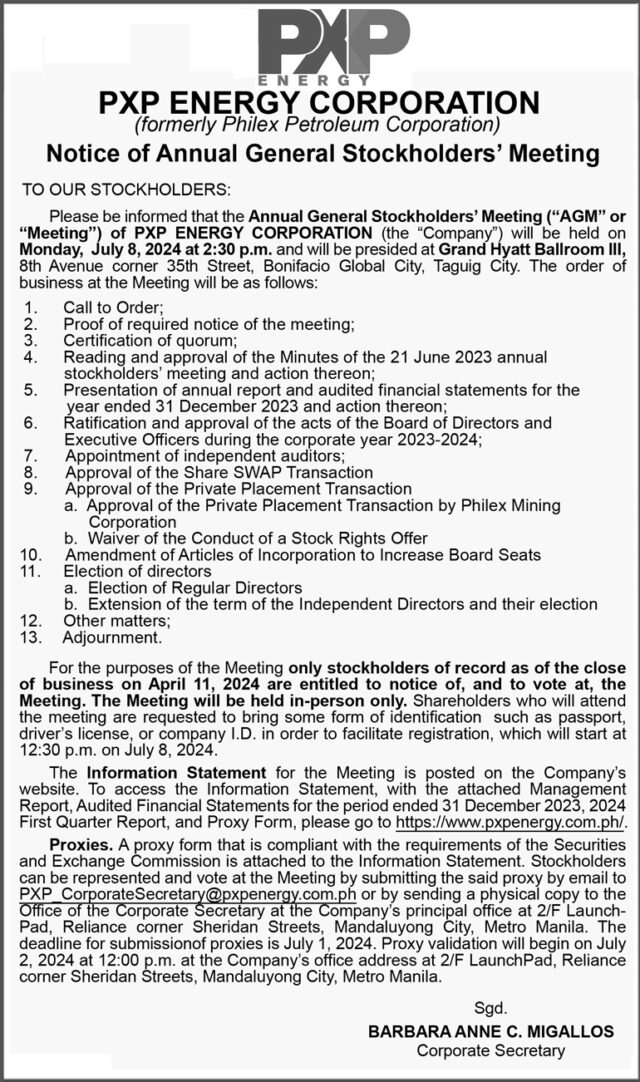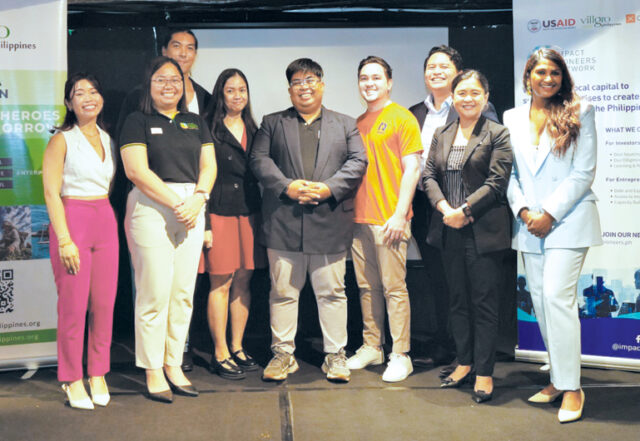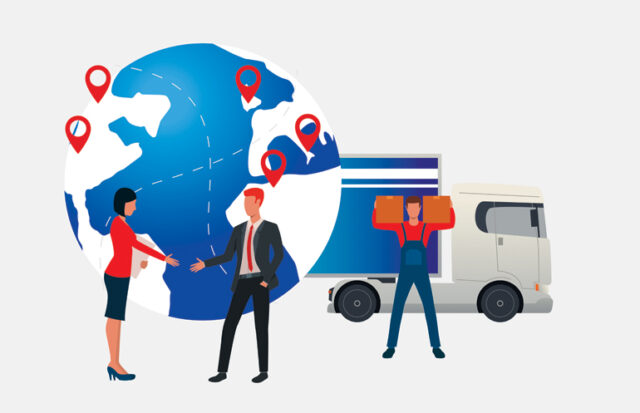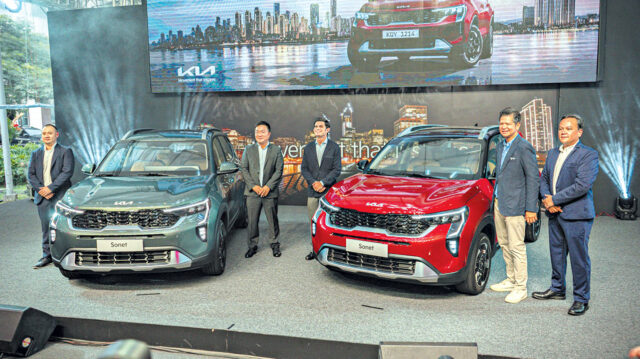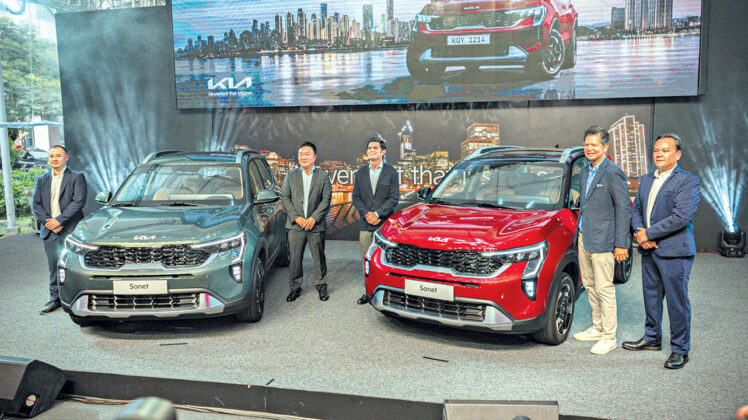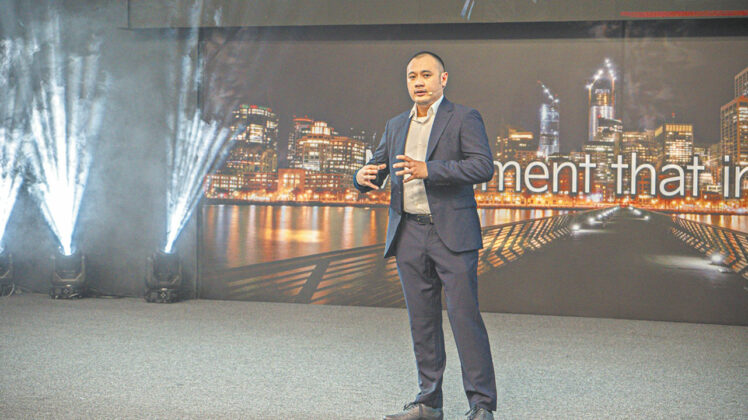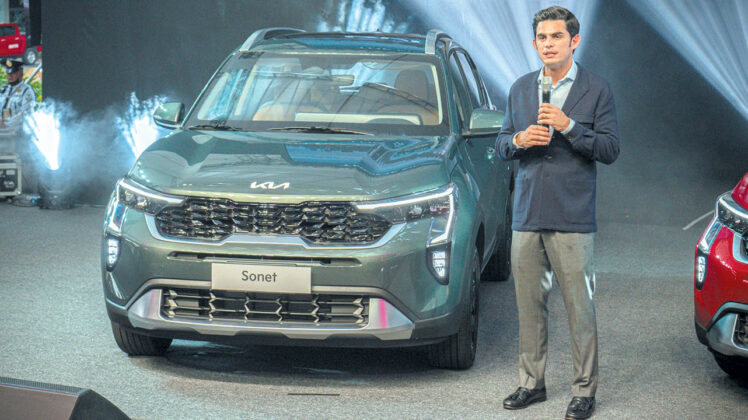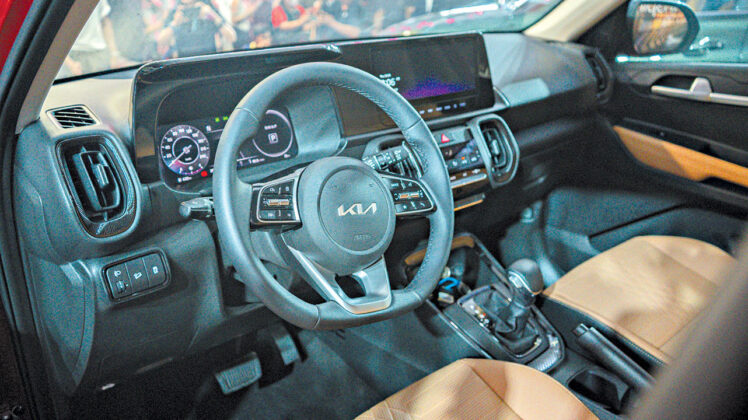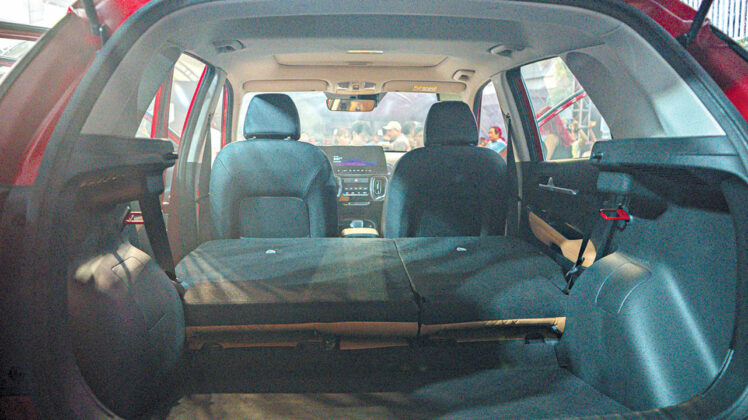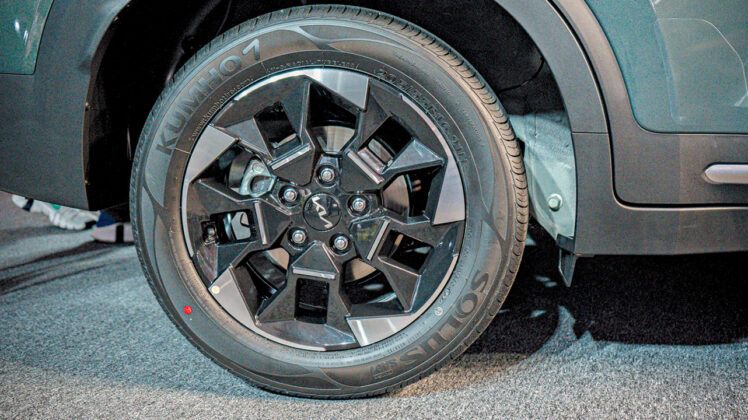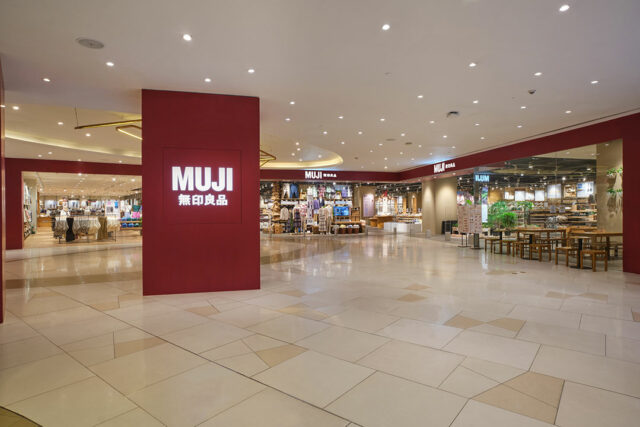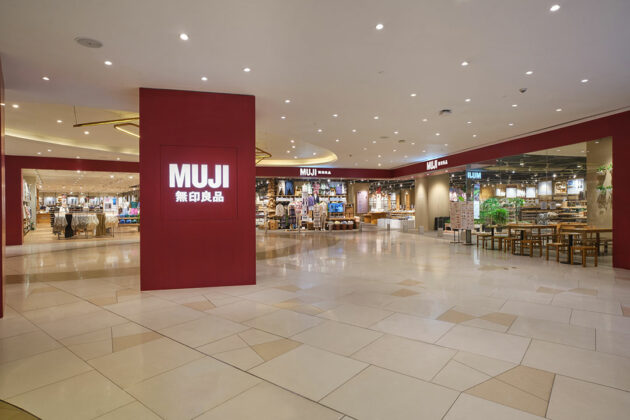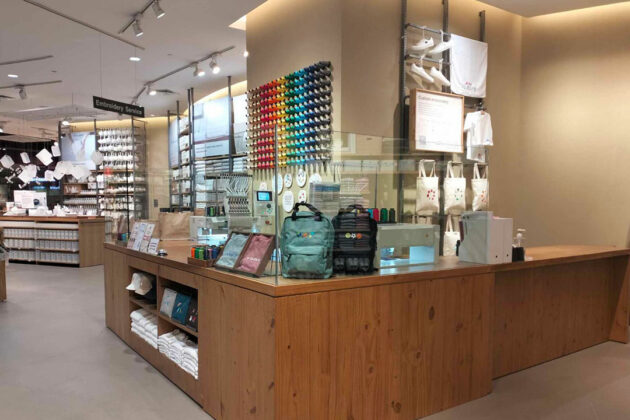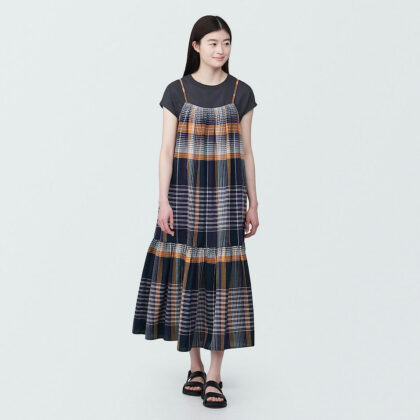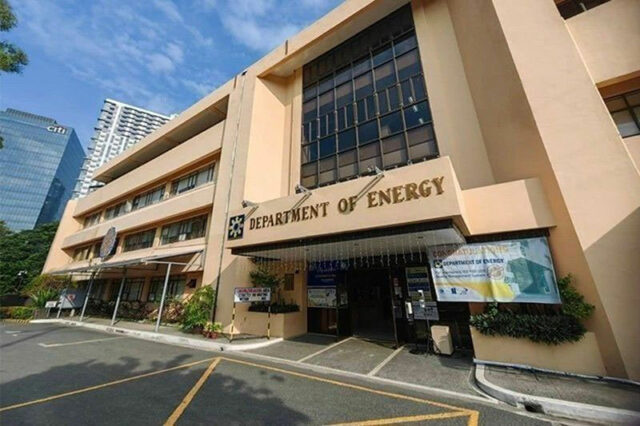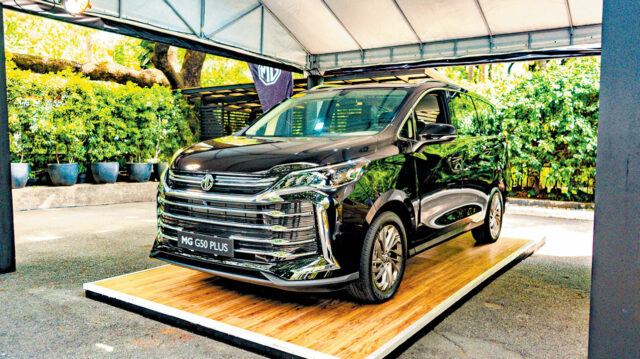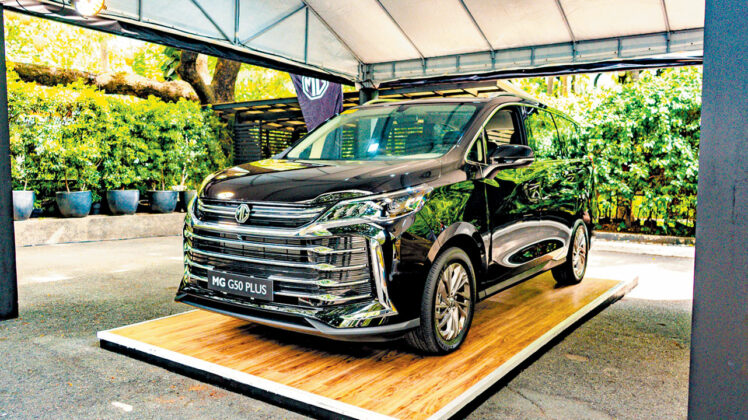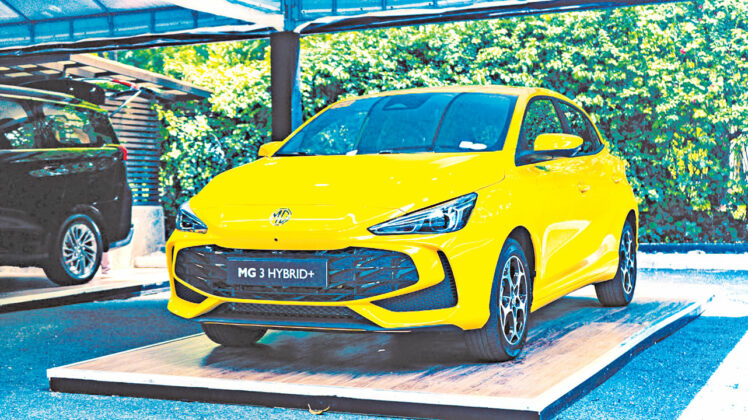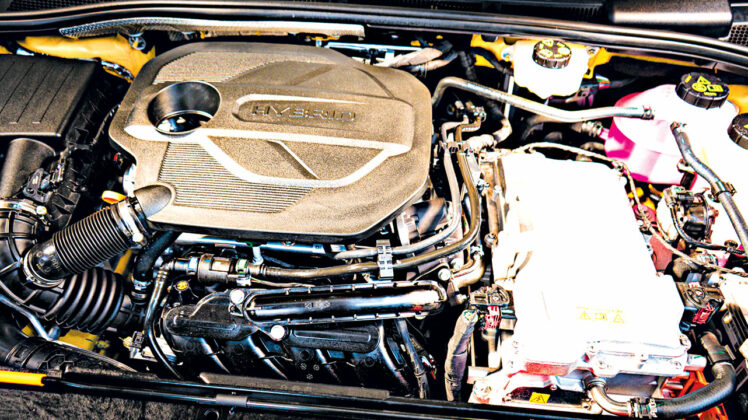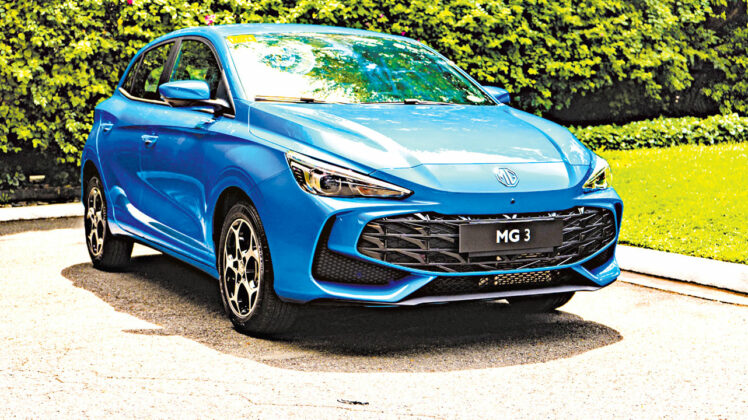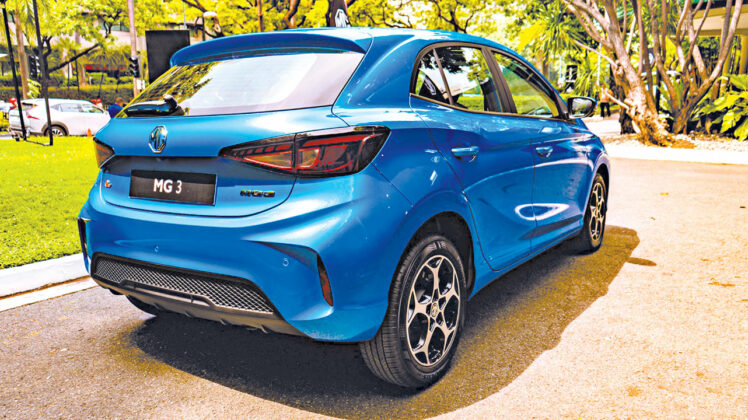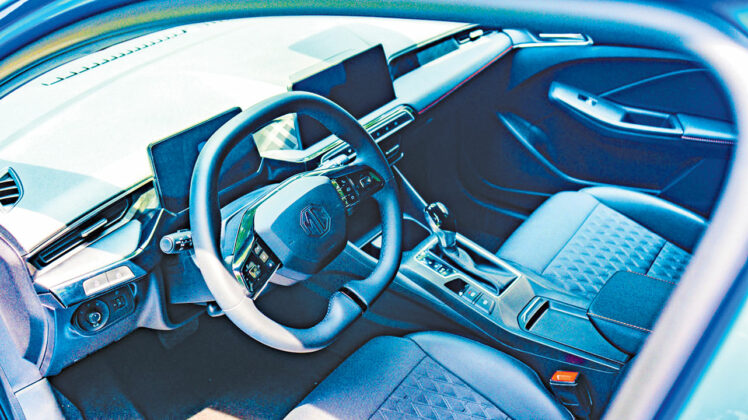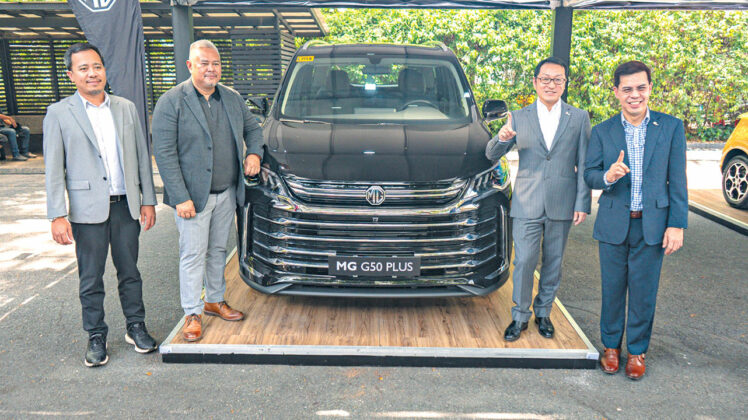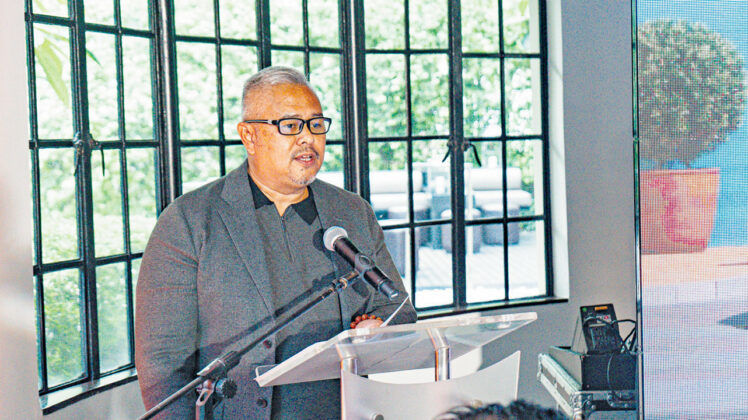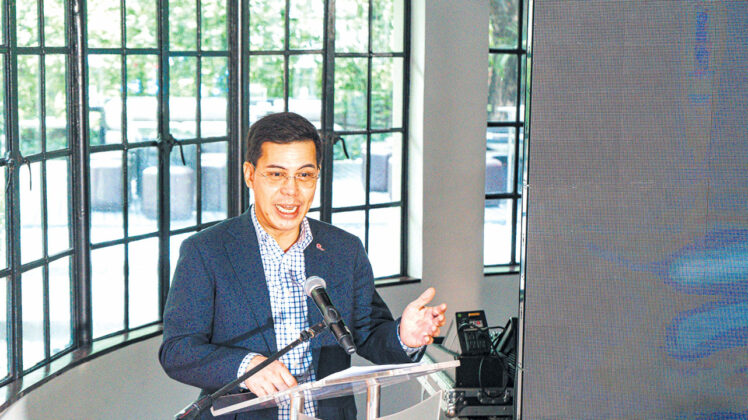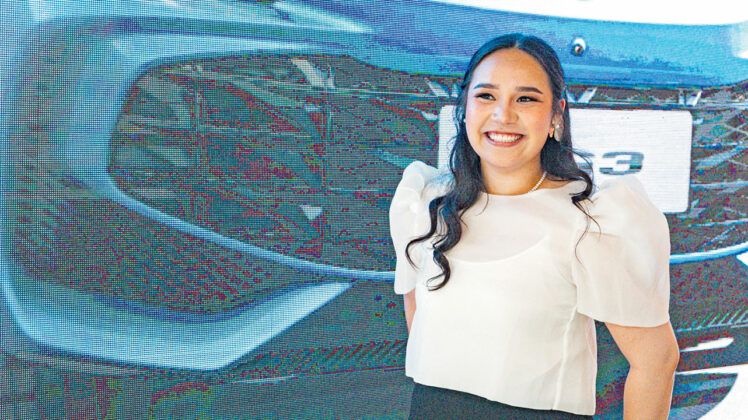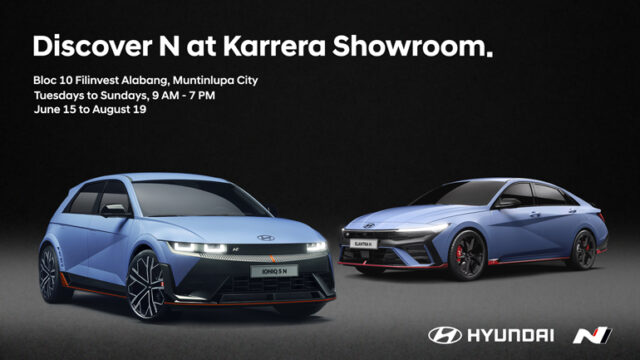By Angela Kiara S. Brillantes, Special Features and Content Writer
As the planet continues to deal with environmental problems, impact investing has become a tool to support and bring about significant change on a larger scale. For instance, investments in climate startups are building more resilient and sustainable communities.
To catalyze local investing and support promising businesses, Impact Pioneers Network (IPN), a first-of-its-kind impact investment network in the Philippines hosted an event titled, “Climate Catalyst: Accelerating Investment in Climate Startups,” featuring climate startups and their innovative solutions, highlighting their critical role in addressing climate mitigation and adaptation.
During the said event, held last June 5 in Makati City, IPN announced the winners for its “Climate Catalyst Startup Pitch Competition.” Climate startups were given the opportunity to share their innovative visions and projects, inspiring and supporting these enterprises in driving impactful solutions that bring about sustainable change and propel the country towards a net-zero future.
Nine early-stage startups presented their climate innovations, namely: Hive Energy Philippines, Sinaya Corp., Dewaste Solutions, Rezbin Waste Technology, Inc., LITHOS Manufacturing, Galansiyang, Inc., FiveDOL Upcycling Corp. (LimaDOL), The Aquaculture Group, and Young Farmers Club of Zambales, Inc.
Hive Energy Philippines, a renewable energy startup from Oriental Mindoro, is the winning entry that won the grand prize of P100,000 with business mentorship and technical support for their solar energy solutions, catering to commercial, residential, and industrial sectors.
From charging devices to powering an entire house, Hive Energy Philippines offers a wide range of power solutions that are affordable, accessible, and sustainable at the same time. These solutions aim to address customers’ energy needs, all while improving energy security, accessibility, increasing comfort, and preserving the ecosystem.
In line with their unwavering commitment in promoting energy empowerment, Hive Energy Philippines will use the prize to support further research and development efforts, which aims to enhance renewable energy and its accessibility to all.
Another notable winner, Sinaya Corp., was granted P50,000, technical support, and business mentorship from IPN. The startup is the founder of the first local menstrual cup that provides high-quality menstrual management products and promote proper reproductive and hygiene education. This user-friendly product helps Filipino women to become more comfortable, eco-friendly, and reduce country’s waste.
The third prize was awarded to Rezbin Waste Technology, a startup that focuses on revolutionizing the waste disposal industry in the Philippines. It uses cutting-edge technology that recycles all plastic collected, ensuring a cleaner and more sustainable environment.
Impact investing
The event also featured discussions on financing climate startups in the Philippines, as well as expounding on the importance of impact investing, supporting local impact enterprises that address urgent social and climate issues, catering to the needs of both local and global communities.
“Impact investing channels much-needed risk capital to entrepreneurs who are addressing some of the most pressing issues of our time, including climate change. Unlike traditional investments that primarily focus on financial returns, impact investing aims to generate financial, social, and environmental benefits alongside financial returns. It catalyzes solutions that can create sustainable change and push us forward to net zero,” Priya Thachadi, chief executive officer of Villagro Philippines and co-founder of IPN, said in her opening remarks.
A panel discussion was led by climate startup leaders from Agro-Digital PH, Suds Sustainable Pods, Negros Women for Tomorrow Foundation, Inc., and Magnus Renewable Tech Corp. The panelists shared about the challenges and risks their businesses have faced, including limited access to funding, regulatory hurdles, and the need for specialized knowledge and mentorship.
All three startups have received investments through the IPN to grow their models and increase their impact footprint.
“Filipino climate startups often face difficulties in securing early-stage and growth capital due to a smaller pool of local investors focused on climate innovation versus our counterparts in other countries,” Andy Coscolluela, strategic projects manager of Negros Women for Tomorrow Foundation, Inc., said during the panel discussion.
Unlocking opportunities through impact investing is thus more important than ever because without the right kind of funding, there’s a limit where enterprises can get to, no matter how innovative the solutions are.
The discussion also highlighted that collaboration and partnerships play a big role in supporting these types of initiatives.
“We started in 2020 and we operated very small. When we needed outside funding, it’s also finding the right partner who would be committed as you in executing your mission. For us, finding that [outside partner] brought us not only financial support but also mentorship and network which what brought us here now,” shared Jean Magboo-Yuzon, co-founder of Suds Sustainable Pods.
For Greg Perez, director of xchange, one of IPN’s co-managers, impact investing in the Philippines, which is currently the second-largest impact investing market in Southeast Asia in terms of number of deals, is expected to grow more over the next decade.
“Increased awareness of environmental issues as well as the urgent need to reduce carbon emissions, along with a growing ecosystem of socially conscious entrepreneurs, are likely to drive sustained growth,” Ms. Perez said.
IPN also recently announced three new investment deals facilitated through their Working Capital Facility to provide financial support to three local impact enterprises Magnus Renewable Tech Corp., Agro-Digital PH, and Suds Sustainable Pods to scale their operations.

